Our Blog
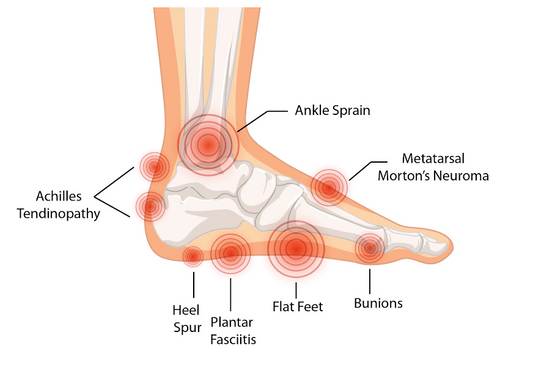
Foot pain chart: Understanding your foot pain
Understanding your foot pain plays a vital role in selecting the appropriate treatment for optimal relief. We've included a detailed foot chart highlighting various pain areas, enabling you to pinpoint...
Foot pain chart: Understanding your foot pain
Understanding your foot pain plays a vital role in selecting the appropriate treatment for optimal relief. We've included a detailed foot chart highlighting various pain areas, enabling you to pinpoint...

How to prevent bunions: 5 simple tips
Bunions, also known as hallux valgus, are a condition characterized by the formation of an abnormal bony bump on the side of the foot, specifically at the base of the...
How to prevent bunions: 5 simple tips
Bunions, also known as hallux valgus, are a condition characterized by the formation of an abnormal bony bump on the side of the foot, specifically at the base of the...
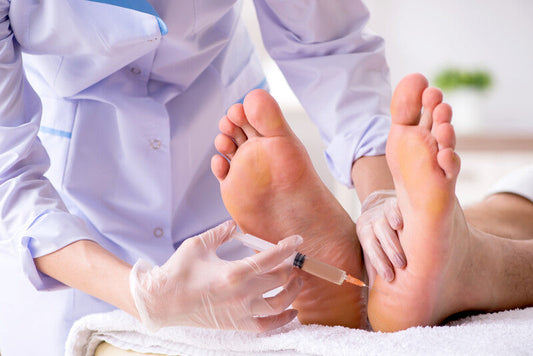
What’s the Plantar Fasciitis VA Rating?
Within the intricate tapestry of veterans' healthcare in the United States, numerous processes and mechanisms are working simultaneously to assist those who have dedicated their lives to serving the country....
What’s the Plantar Fasciitis VA Rating?
Within the intricate tapestry of veterans' healthcare in the United States, numerous processes and mechanisms are working simultaneously to assist those who have dedicated their lives to serving the country....
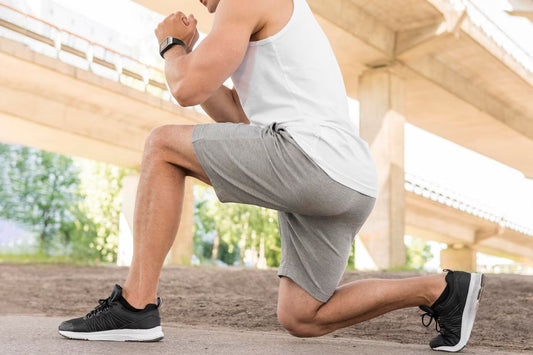
Plantar Fasciitis: Exercises to avoid
Plantar fasciitis is a common cause of heel pain, often resulting from strain injury causing micro-tears to the ligament as it attaches to the heel bone or other areas of tightness...
Plantar Fasciitis: Exercises to avoid
Plantar fasciitis is a common cause of heel pain, often resulting from strain injury causing micro-tears to the ligament as it attaches to the heel bone or other areas of tightness...
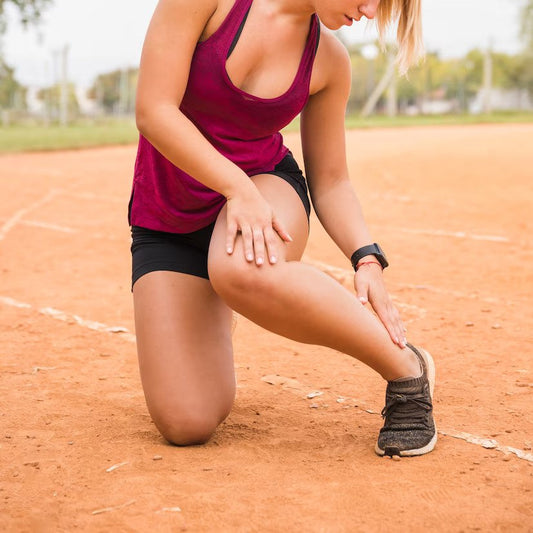
Is plantar fasciitis so bad you can't walk? Her...
Plantar fasciitis is one of the most common causes of heel pain, a condition involving inflammation of a thick band of tissue, the plantar fascia, that runs across the bottom...
Is plantar fasciitis so bad you can't walk? Her...
Plantar fasciitis is one of the most common causes of heel pain, a condition involving inflammation of a thick band of tissue, the plantar fascia, that runs across the bottom...
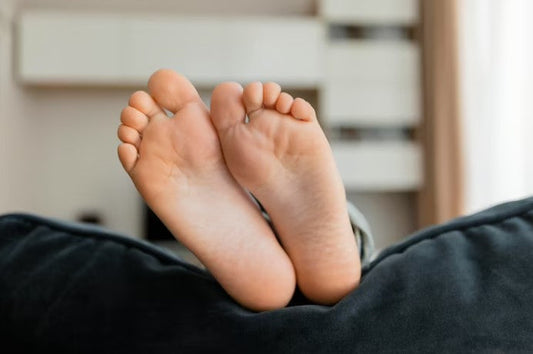
The best way to fix flat feet
As the name refers, it’s a plain surface on the plantar region of the feet. It’s a very common condition among the world population and happens frequently in cases where...
The best way to fix flat feet
As the name refers, it’s a plain surface on the plantar region of the feet. It’s a very common condition among the world population and happens frequently in cases where...
